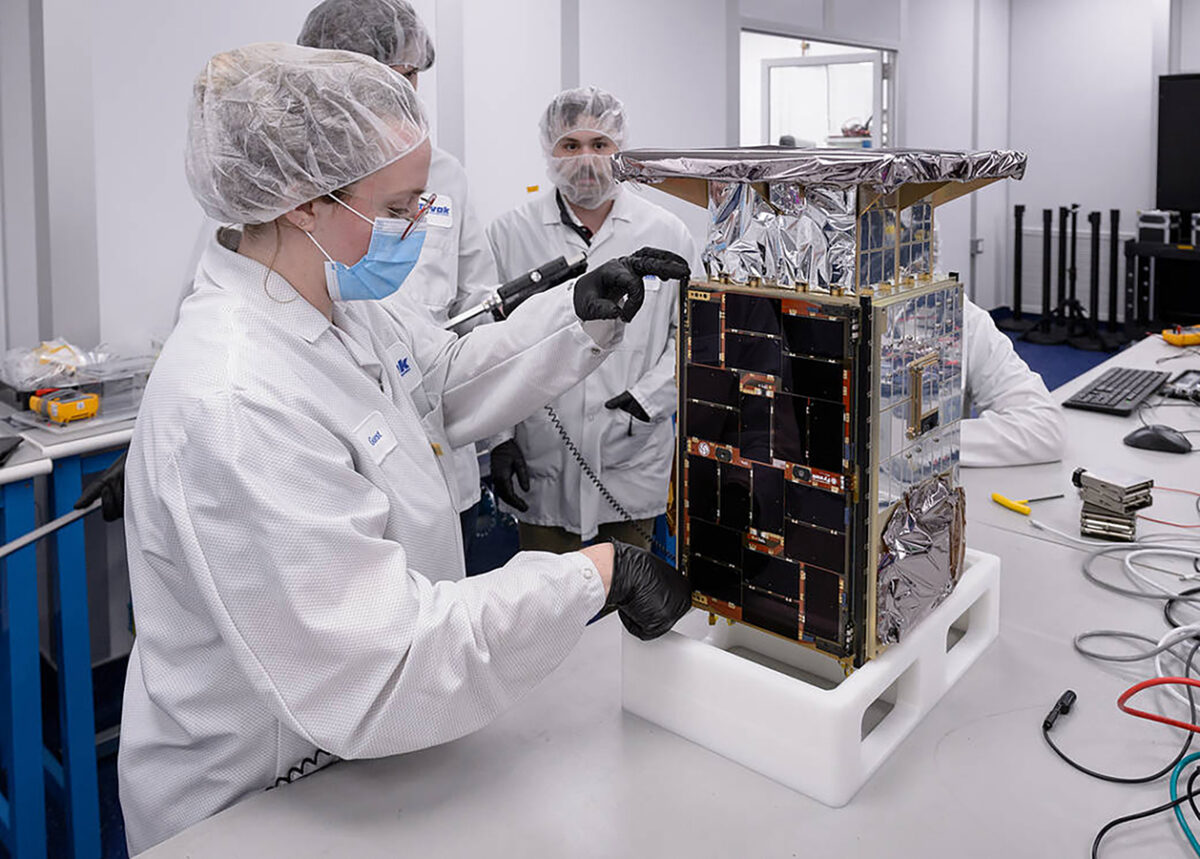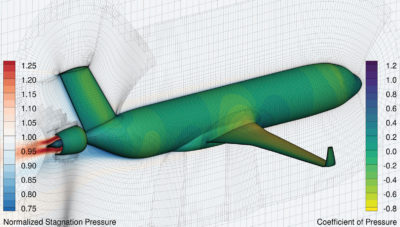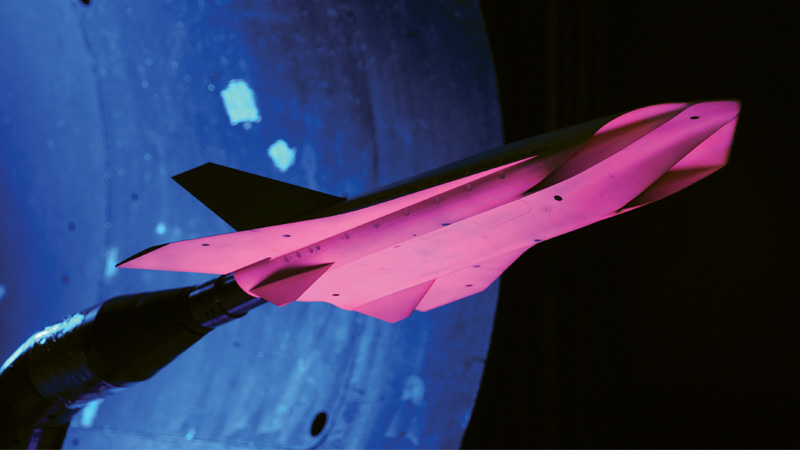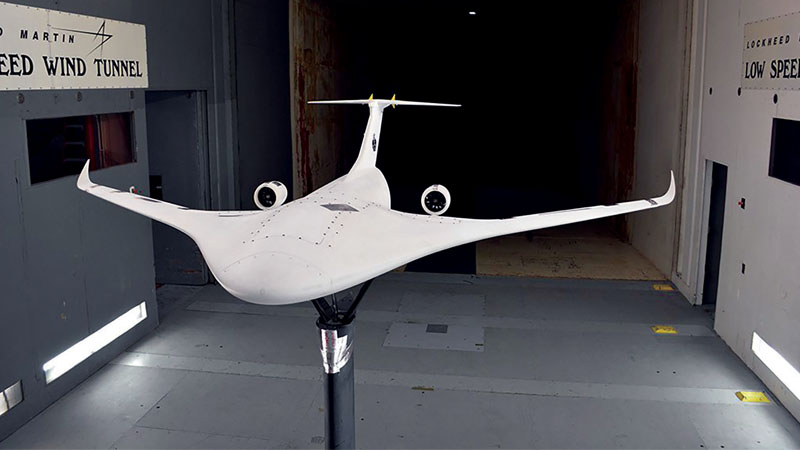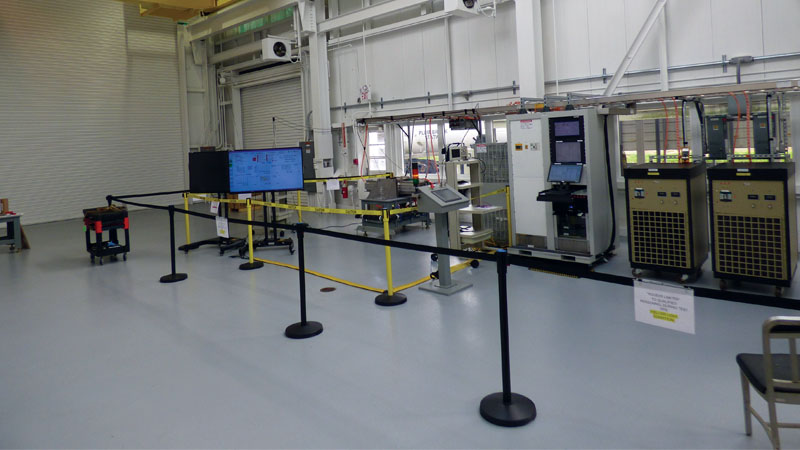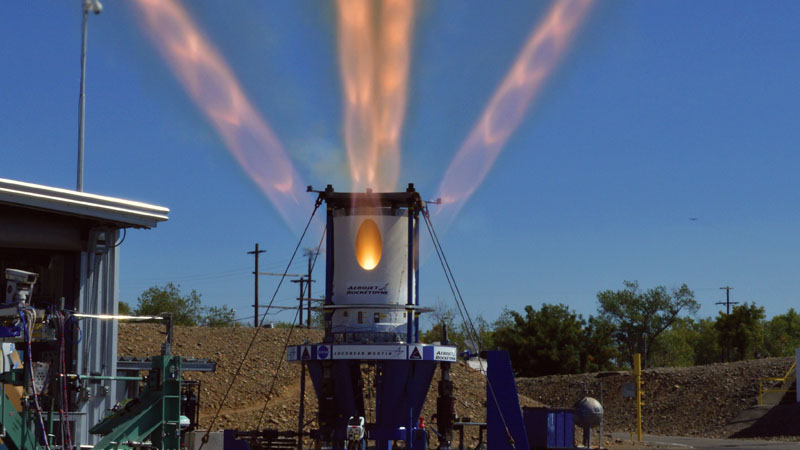CAPSTONE software bug, Russian hacking Ukraine computer systems and data integrity advances among the year’s highlights
By Steven Lincoln|December 2022
The Software Systems Technical Committee focuses on software engineering issues for complex and critical systems, including requirements, design, code, test, evaluation, operation and maintenance.
In June, a Rocket Lab Electron rocket launched NASA’s Cislunar Autonomous Positioning System Technology Operations and Navigation Experiment spacecraft, and after separating from the rocket, on July 4, a Rocket Lab Photon third stage started CAPSTONE on a multimonth voyage to the moon. Shortly after this separation, communication with the microwave-sized CAPSTONE was lost. The spacecraft’s error detection system should have restarted the radio immediately, but it didn’t due to a bug in the spacecraft’s flight software. Mission engineers discovered that the communications lapse was because of an attempt by the spacecraft operations team to access diagnostic data on the spacecraft’s radio, sending an improperly formatted command that made the radio inoperable. CAPSTONE’s autonomous flight software system eventually cleared the fault and brought the spacecraft back into communication with the ground, allowing the team to implement recovery procedures and began commanding the spacecraft again. The spacecraft arrived in its near-rectilinear halo orbit around the moon in November.
State-backed Russian hackers destroyed data across dozens of organizations in Ukraine and produced a chaotic information environment this year. Nearly half of the destructive attacks were against critical infrastructure, many times simultaneous to physical attacks. Groups with known or suspected ties with Russia’s military intelligence agency used destructive wiper malware at a pace of two to three incidents a week since the eve of the invasion in February. The attacks were often intended to destroy computer systems, but some also aimed to gather intelligence or spread misinformation.
The U.S. Space Force implemented a data ingestion capability that connects the service branch’s content management platform to a ground-based surveillance radar used to detect and track objects in space. The Space Force’s Unified Data Library now includes data observed through the Space Fence on Kwajalein Island in the Marshall Islands. Space Systems Command demonstrated the direct sensor connection process over a 30-day test period that concluded in April. The capability represents the first direct link between UDL and the Department of Defense’s Space Surveillance Network, which comprises ground- and space-based sensors deployed worldwide.
Open-source software has a mixed reputation for security, yet it drives commercial space enterprises including SpaceX and Starlink — and increasingly, U.S. military space efforts. Lauren Barrett Knausenberger, the Air Force’s chief information officer, speaking at a space forum as part of the America’s Future Series in July, acknowledged common concerns about open code. She said, “If you’re paying attention to how many people are touching that code and who is touching that code, you’re mitigating that risk significantly.” She pointed to a January memo from Defense Department Chief Information Officer John Sherman and encouraged wider use of open-source software as long as it’s done safely.
In July, Israel Aerospace Industries said it had signed a $200 million contract to provide special mission aircraft to an undisclosed NATO member country in Europe. ELTA Systems, IAI’s radar and intelligence technology subsidiary, will develop the aircraft. The systems use miniaturized sensor technologies alongside developing algorithms and software applications based on artificial intelligence.

